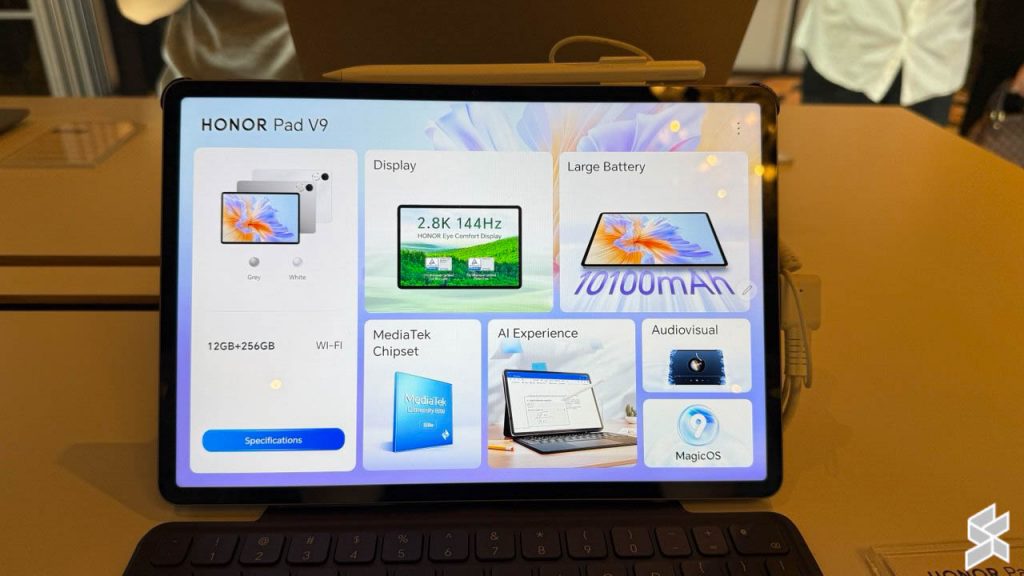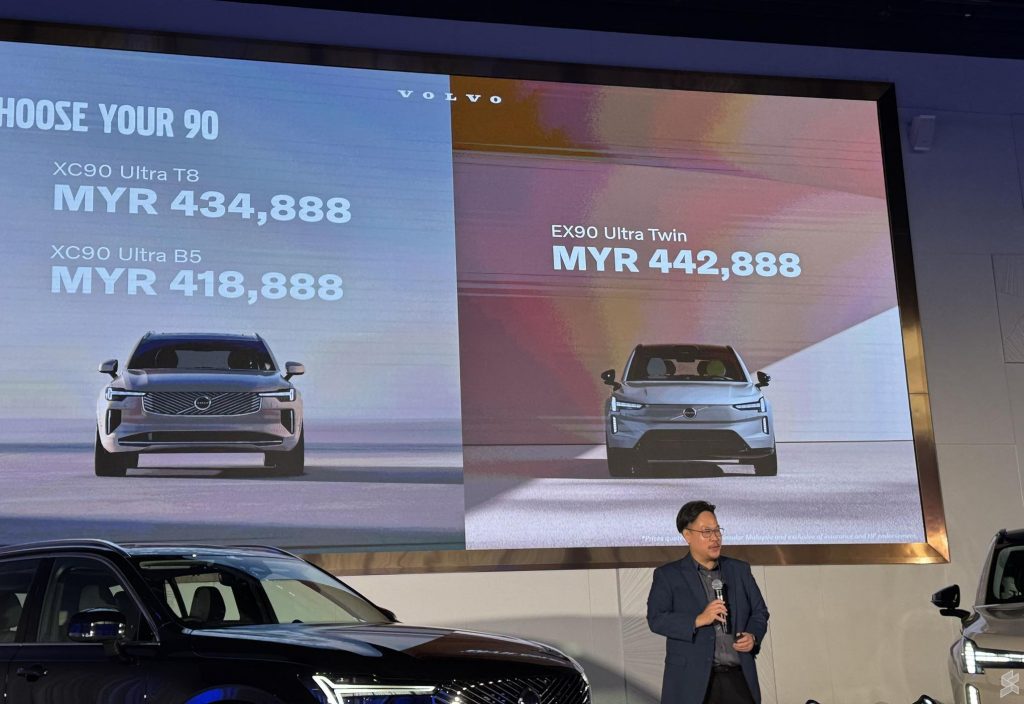Meta’s metaverse ambitions are evolving rapidly, with younger users and mainstream consumers reshaping the Quest platform over the course of 2024, according to Samantha Ryan, VP of Metaverse Content, which could see free-to-play content flourish as a result.
In a recent developer blog post, Ryan highlighted key shifts in user behavior over the course of last year, with an evolution driven by the growth of users entirely new to Quest.
“Compared to the prior year, device sales increased in 2024 and people spent more time on average in Quest 3S devices than any other headset at launch,” Ryan says. “People also spent more money across Quest devices. Total payment volume on the platform rose 12% in 2024, driven by significant growth of in-app purchases.”
Free-to-play games almost entirely depend upon those in-app purchases, with Another Axiom’s breakout VR game Gorilla Tag (2022) topping $100 million in gross revenue last summer, which was generated primarily through in game cosmetics.
“We’re building a social-first platform, and these younger users are more likely to spend time with friends in multiplayer experiences and social hangout apps,” Ryan continues. “They’re contributing to the rise of free-to-play titles — a pattern historically common on other platforms. We’re also seeing growth of younger users in Horizon Worlds.”
Meta CTO Andrew Bosworth highlighted the company’s focus on its cross-compatible social platform, stating in a recently leaked memo the mobile phone version of Horizon Worlds “absolutely has to break out for our long term plans to have a chance.”
“We expect free-to-play (F2P) to become a broadly viable strategy for developers, who up until now have relied almost exclusively on premium apps. But we don’t think F2P will replace premium apps — both models are likely to coexist,” Ryan says.
Still, Quest’s cohort of VR enthusiasts, who expect high-quality premium content, “remains a foundation of this growing ecosystem,” with existing Quest owners driving “a wave of device sales as they upgraded from earlier models, accounting for 27% of Quest 3 and 20% of Quest 3S users for the year.”
According to Ryan though, the majority of new devices in 2024 weren’t enthusiast upgraders, but rather entirely new to Quest; “the well-known attributes of VR enthusiasts no longer represent the full Quest userbase,” Ryan says.
As for traditional media and entertainment consumption, Ryan reveals 2D apps and browsers haven’t historically seen high engagement on Quest devices, despite increasing over recent years.
“Use of 2D apps has also increased since Quest 3 launch. Our ongoing operating system improvements, such as multitasking, theater mode, and immersive audio, are intended to support this growing customer cohort.” In 2024, Ryan says Quest saw a 10% increase in overall time spent per-user per-month in media apps, as well as a 21% rise in people using the headset’s default Internet browser.
Meta’s recent trend suggests Quest is coming to a pivotal moment, as the company aims to serve early adopters’ premium content expectations while free-to-play, social-driven content makes an ever larger impact on revenue expectations. That said, it’s uncertain just how much Meta will rely on in-app spending to sustain its developer ecosystem, which could incentivize a shallow, engagement-maximizing design ethos. What is certain though: Meta’s challenge now is harnessing that growth without alienating either ends of the spectrum.







